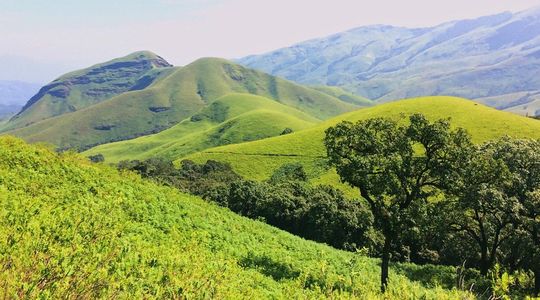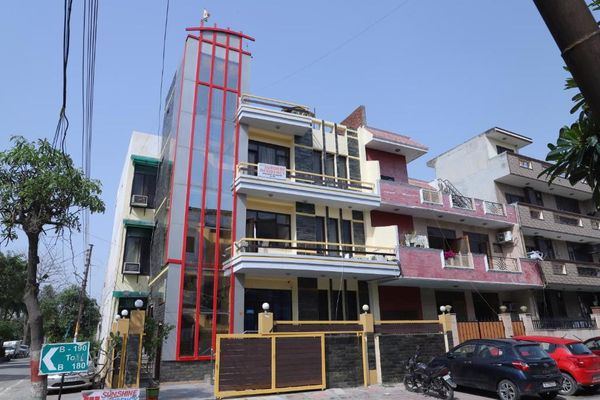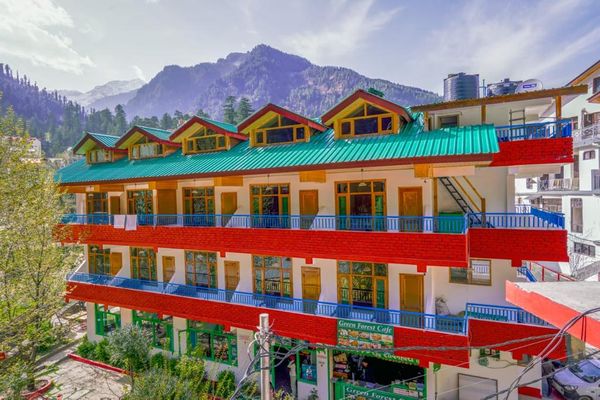Discover the Untamed Beauty of Kudremukh National Park
 Palakshi Meharwal
25 Jul, 2025
9 mins read
27
Palakshi Meharwal
25 Jul, 2025
9 mins read
27

Nestled in the heart of the Western Ghats in Karnataka, Kudremukh National Park is a sanctuary of natural splendor, rich biodiversity, and awe-inspiring landscapes. Often overshadowed by more commercialized destinations, this hidden gem offers a tranquil escape into one of India’s most ecologically significant regions. Spread over 600 square kilometers, the park not only shelters endangered wildlife but also features verdant meadows, lush shola forests, and serene hill stations. For travelers, nature enthusiasts, and conservationists alike, Kudremukh represents an untouched paradise waiting to be explored.
A Glimpse into Kudremukh's Geography and Origins
Kudremukh, which translates to "horse-face" in Kannada, gets its name from a peak that resembles the face of a horse. The park lies in the Chikkamagaluru district, about 100 kilometers southwest of the district headquarters. Elevated at around 1,894 meters above sea level, the Kudremukh peak is the third-highest in Karnataka. The park forms part of the globally recognized Western Ghats biodiversity hotspot, a UNESCO World Heritage Site, making it a crucial ecological corridor.
The terrain is characterized by undulating hills, deep valleys, and an intricate network of rivers, including the Tunga, Bhadra, and Nethravathi. This geographical complexity contributes to a range of microclimates, supporting a diverse array of flora and fauna that rivals some of the most renowned tropical reserves in the world.
Wildlife and Biodiversity: A Conservation Stronghold
Kudremukh National Park is renowned for its biological richness. It serves as a vital habitat for several endemic and endangered species. According to data published by the Karnataka Forest Department, the park is home to:
- Mammals: Tiger (Panthera tigris), leopard (Panthera pardus), lion-tailed macaque (Macaca silenus), Malabar giant squirrel (Ratufa indica), Indian gaur (Bos gaurus), and sambar deer (Rusa unicolor).
- Birds: The region attracts over 200 species of birds, including the Malabar trogon, great hornbill, and imperial pigeon—many of which are rare and indigenous.
- Reptiles and Amphibians: A variety of snakes, lizards, and frogs, some of which are exclusive to the Western Ghats, thrive in the park’s moist and leafy understorey.
The park plays a key role in Project Tiger and other national conservation efforts. Researchers from institutions like the Wildlife Institute of India have continuously monitored species diversity and migratory behavior, emphasizing Kudremukh's ecological significance.
Trekking and Eco-Tourism: Adventure with a Purpose
For those seeking adventure, the Kudremukh Trek is a rite of passage. This moderately challenging trail covers approximately 20 kilometers round-trip and winds through dense forests, grassy meadows, and misty hilltops. Trekkers often encounter wildlife along the way, particularly in the early hours of the day. The view from the summit—clouds rolling over a vast sea of green—is nothing short of breathtaking.
However, the region enforces strict eco-tourism regulations. Group size limits, designated trails, and local forest guides are mandated to ensure minimal disturbance to the habitat. The Forest Department requires prior permission for entry, especially for overnight stays or treks. This measured approach helps maintain the park's fragile ecosystem while allowing people to engage with nature responsibly.
Flora: A Living Laboratory of Plant Diversity
Kudremukh boasts a blend of tropical evergreen forests and grasslands. The tree canopy includes valuable timber species such as Dipterocarpus indicus, Hopea parviflora, and Mesua ferrea. Below the canopy, the forest floor is alive with ferns, mosses, and orchids that flourish in the region's high humidity.
One particularly unique aspect of Kudremukh’s vegetation is the presence of shola forests—stunted, montane tropical forests found in valleys surrounded by grasslands. These rare ecosystems support a range of plant species that are not only endemic but also vital for soil stabilization and water retention.
Climate and Best Time to Visit
The climate in Kudremukh is typically cool and humid, with temperatures ranging between 15°C and 28°C. The region receives significant rainfall from the southwest monsoon between June and September, making it lush but less accessible due to slippery trails.
For visitors, the best months to explore the park are October to February. During this period, the skies are clearer, trails are more manageable, and the flora is at its most vibrant. Birdwatchers and photographers especially enjoy the visibility and lighting during this window.
Responsible Travel and Conservation Awareness
Kudremukh is more than a tourist attraction—it is a living example of conservation in practice. Visitors are encouraged to minimize their ecological footprint by following a "leave no trace" policy. Plastic usage is discouraged, and designated camping zones ensure that waste and human activities do not encroach on core wildlife areas.
Local NGOs and eco-tourism operators also offer interpretive programs, including guided walks, conservation awareness sessions, and birding excursions. These efforts foster community engagement and provide sustainable livelihood options for local populations.
How to Reach Kudremukh National Park
- By Air: The nearest airport is Mangalore International Airport, approximately 100 km away.
- By Rail: The closest railway station is in Kalasa or Mangalore, depending on the route.
- By Road: Kudremukh is accessible by road from cities like Chikkamagaluru, Mangalore, and Bangalore. Public buses and private cabs are readily available.
Accommodation options range from forest rest houses and eco-lodges to budget-friendly homestays, many of which are run by locals trained in sustainable tourism practices.
Final Thoughts
Kudremukh National Park stands as a reminder of what nature can offer when left relatively undisturbed. Its untamed beauty—steeped in biodiversity, ecological importance, and visual allure—makes it a rare destination where one can truly disconnect from urban life and reconnect with the wild. Whether you're a seasoned trekker, an amateur birder, or simply someone in search of peace, Kudremukh promises an experience that is as enriching as it is exhilarating.
Written By:
Palakshi Meharwal



Hotels at your convenience
Now choose your stay according to your preference. From finding a place for your dream destination or a mere weekend getaway to business accommodations or brief stay, we have got you covered. Explore hotels as per your mood.


